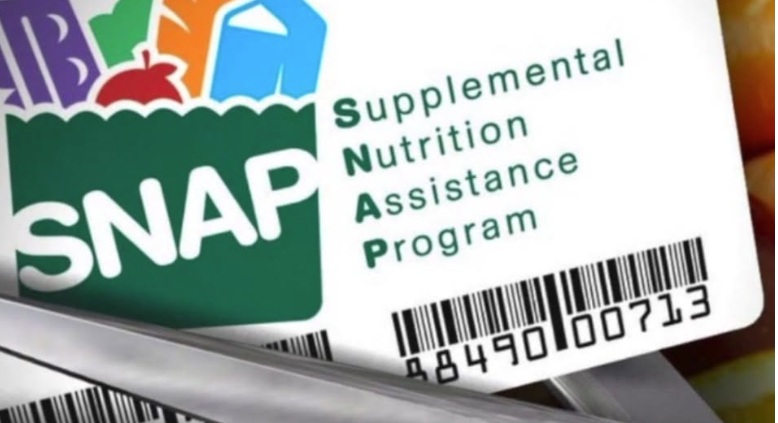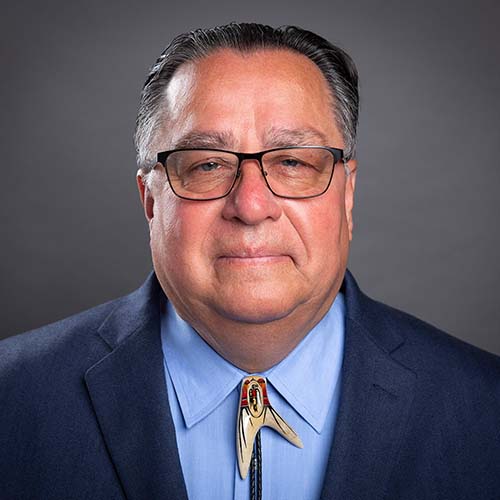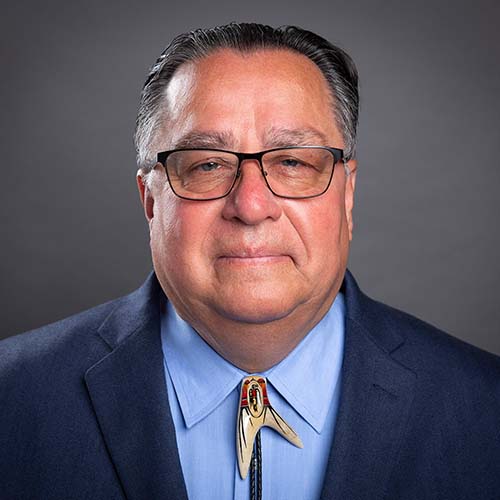
- Details
- By Levi Rickert
The U.S. Department of Agriculture (USDA) announced in a memo Friday that its contingency fund cannot legally be used to provide food assistance benefits for more than 42 million Americans in November, as the government shutdown continues.
While the USDA cited legal limitations, critics, including the Center on Budget and Policy Priorities, assert that the administration is legally obligated to use the reserves. They argue that the decision is a "policy choice," pointing to the administration's decision to shift funds to other programs like the Special Supplemental Nutrition Program for Women, Infants, and Children (WIC).
At risk going into November are approximately 42 million low-income individuals nationwide. Within Native communities, as many as 500,000 tribal citizens could lose access to food assistance.
SNAP currently has about $6 billion available in the contingency fund—well below the approximately $9 billion required to sustain the program for a full month—leaving November benefits at risk.
Friday's statement marks a reversal from the department’s earlier position. A now-deleted version of the USDA’s Sept. 30 shutdown plan had indicated the agency would rely on its multi-year contingency fund to continue issuing Supplemental Nutrition Assistance Program (SNAP) benefits during the shutdown.
With Congress still deadlocked over a stopgap spending measure, the government entered a shutdown on Oct. 1 without new funding for SNAP.
According to Axios, states will not be reimbursed if they attempt to use their own funds to keep benefits flowing.
The memo also claims the contingency fund is intended for natural disasters and comparable emergencies, not to cover gaps caused by a lapse in congressional appropriations.
However, the USDA’s own Sept. 30 contingency plan contradicts that position, explicitly indicating that SNAP’s contingency funds could be used to sustain benefits during a shutdown.
“Congressional intent is evident that SNAP’s operations should continue since the program has been provided with multi-year contingency funds that can be used for State Administrative Expenses to ensure that the State can also continue operations during a Federal Government shutdown,” according to the plan. “These multi-year contingency funds are also available to fund participant benefits in the event that a lapse occurs in the middle of the fiscal year.”
Related: As the Federal Government Shutdown Continues, the Food Stamp Program Is Running Out of Funds
Related: States are scrambling to implement changes, and the federal shutdown is further threatening benefits
More Stories Like This
Native News Weekly (August 25, 2024): D.C. BriefsUS Presidents in Their Own Words Concerning American Indians
Two Murdered on Colville Indian Reservation
NDAA passes House; Lumbee Fairness Act Advances
NFL, Vikings to Host Native All-American Game, Youth Flag Clinic
Help us defend tribal sovereignty.
At Native News Online, our mission is rooted in telling the stories that strengthen sovereignty and uplift Indigenous voices — not just at year’s end, but every single day.
Because of your generosity last year, we were able to keep our reporters on the ground in tribal communities, at national gatherings and in the halls of Congress — covering the issues that matter most to Indian Country: sovereignty, culture, education, health and economic opportunity.
That support sustained us through a tough year in 2025. Now, as we look to the year ahead, we need your help right now to ensure warrior journalism remains strong — reporting that defends tribal sovereignty, amplifies Native truth, and holds power accountable.
 The stakes couldn't be higher. Your support keeps Native voices heard, Native stories told and Native sovereignty defended.
The stakes couldn't be higher. Your support keeps Native voices heard, Native stories told and Native sovereignty defended.
Stand with Warrior Journalism today.
Levi Rickert (Potawatomi), Editor & Publisher

